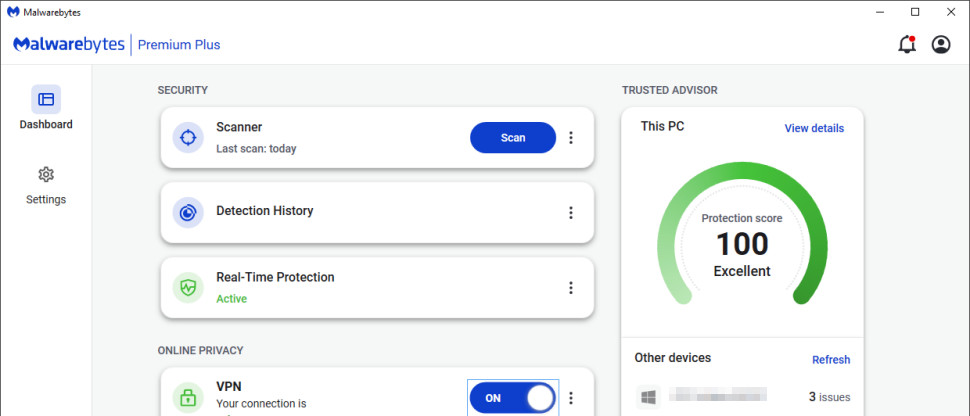
Malwarebytes Anti-Malware is a veteran free security tool which has kept Windows users safe from all kinds of threats for more than 15 years.
Malwarebytes Premium Plus is a paid version with real-time antivirus protection, blocking of phishing and other malicious websites, and a full and unlimited Mullvad-powered VPN thrown in.
It’s a little light on features compared to the competition. There’s no password manager, for instance. No data breach monitoring. No webcam or microphone hijacking protection, no firewall, no device performance tools, file shredder or anything else.
If you’re more interested in antivirus software than bundled extras, though, Malwarebytes’ stripped-back simplicity could be a very good thing, and in this review we’ll take a very close look at just how well it can keep you safe,

Malwarebytes Premium Plus: Pricing
Malwarebytes Premium Plus gets you malware protection and the full Malwarebytes Premium VPN for $60 a year to cover a single Windows, Mac or mobile device.
You’ve more hardware to protect? A five device license costs $100; you can protect 10 devices for $165, or 20 devices for $295. Sign up for two years and there’s a 15% discount. And if you’re not happy, a generous 60-day money-back guarantee gives you plenty of time to spot problems and request a refund.
If you need a VPN and only have a single device to protect, this looks like a very good deal. Buying Mullvad alone would cost you 5 Euros a month, for instance (although that covers up to five devices), $64-$65; Malwarebytes Premium Plus gives you access to the same servers for a dollar or two less, and the malware protection effectively comes for free.
If you’re looking to cover more devices, it’s a slightly different story. Norton 360 Deluxe, for example, has a more basic (though still unlimited data) VPN, but far more antivirus and privacy features. It’s cheaper in year one at $50 to cover five devices, and only a little more expensive at $120 a year on renewal.
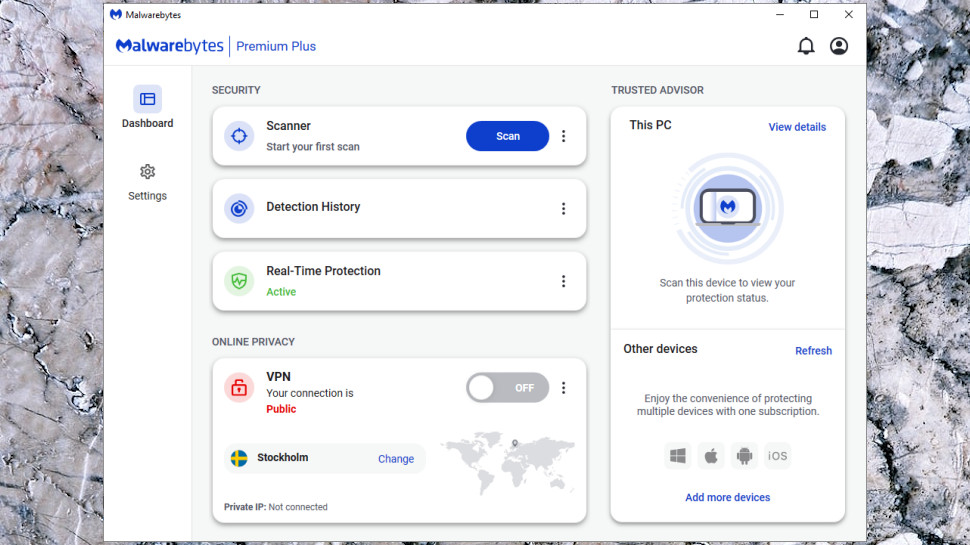
Malwarebytes Premium Plus: Getting started
Malwarebytes Premium has a straightforward interface with a very few panels, buttons and options, all clearly labeled and easy to understand. Click the Scan to launch an antivirus scan, or the On button in the VPN panel to turn the VPN on, and that could be all you need to know.
Experts shouldn’t feel short-changed because there are also plenty of advanced configuration options. A single example: Malwarebytes uses lots of powerful low-level techniques to protect apps from exploits (DEP enforcement, heap spray detection and so on.) If you know what you’re doing then you can customize these in lots of ways, perhaps hardening security by turning more features on, or reducing conflicts by turning some off.
In real world use, Malwarebytes Premium initially appears simple to use. Click Scan, say, and you don’t have to decide if you want a Quick Scan, Smart Scan or a System Scan: Malwarebytes just scans your memory, startup files and most commonly-infected system areas, and delivers its verdict in 6-7 minutes.
It’s much the same story on the VPN side. A panel on the dashboard shows your current location, and you can change this, connect and disconnect with a click: easy.
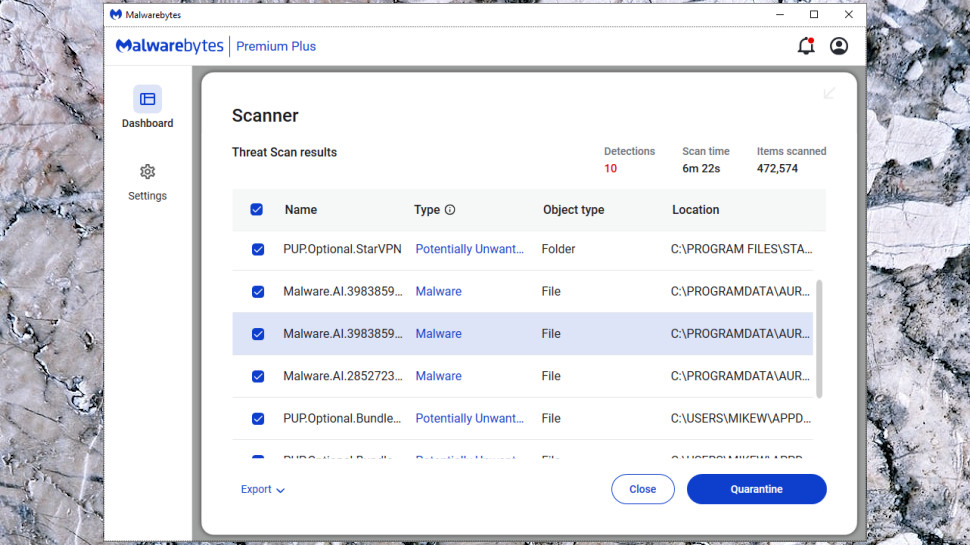
Malwarebytes Premium Plus: Usability issues
Malwarebytes Premium made a good first impression with us, but it didn’t take long for usability issues to appear.
If Malwarebytes falsely blocks a file or website, for instance, there’s no easy way to restore it. Many antivirus apps allow you to restore and exclude falsely flagged files in a couple of clicks, but Malwarebytes forces you to go through multiple extra steps. Sometimes, we found even these didn’t work as expected.
For example, the first time Malwarebytes falsely flagged a file, we went to Quarantine and hit Restore, expecting this to add the file to the Allow List. It didn’t, so when we ran it, Malwarebytes blocked the file again. We went to Quarantine, hit Restore, went to the Allow List, added it manually, ran the file; Malwarebytes blocked it again. Eventually, we turned off real-time protection, installed the app, and turned protection back on. Not good for security, but there was no obvious alternative.
We’ve a separate concern over the ability to turn Malwarebytes off entirely. Most antivirus protect you automatically, unless you intentionally disable them; right-click the Malwarebytes system tray, hit Exit, and the app and its protection closes down in seconds. That could be positive if you’re an experienced user who needs that level of control, but if your own users are not technical at all, the ability to so easily close your antivirus down might be a worry.
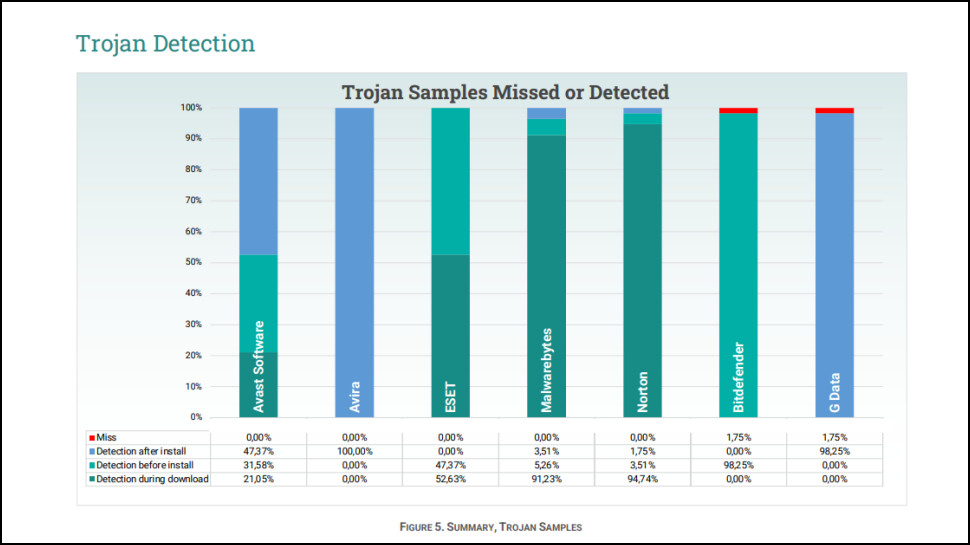
Malwarebytes Premium Plus: Independent lab results
We’re always interested to see how an antivirus performs when tested by the big independent labs. The Malwarebytes website seems to give an answer by telling us it was awarded ‘Product of the Year 2024 at AVLab.’ Sounds good, but in reality that’s a general award AV Lab gives to everyone that achieves certain detection rates and other criteria, and 10 out of 13 vendors in the same test also made ‘Product of the Year.’
We prefer to follow nine key antivirus tests from top labs including AV-Comparatives, AV-Test, SE Labs and MRG Effitas, but, unfortunately, Malwarebytes hasn’t appeared recently in any of these.
Other Malwarebytes products are occasionally assessed by MRG Effitas, giving us a general idea of the company’s abilities. Malwarebytes’ Android app passed MRG Effitas’ Android 360° Assessment, for instance, competing well with big names including Avast, Avira, Bitdefender and Norton.
Malwarebytes Endpoint Protection excelled in a 2022 MRG Effitas Windows 360° Assessment & Certification report, outperforming the competition and blocking every threat. That’s another strong indication that the company knows what it’s doing and can compete with the best, but it also can’t tell us much about how Malwarebytes Premium Plus is performing in 2024.
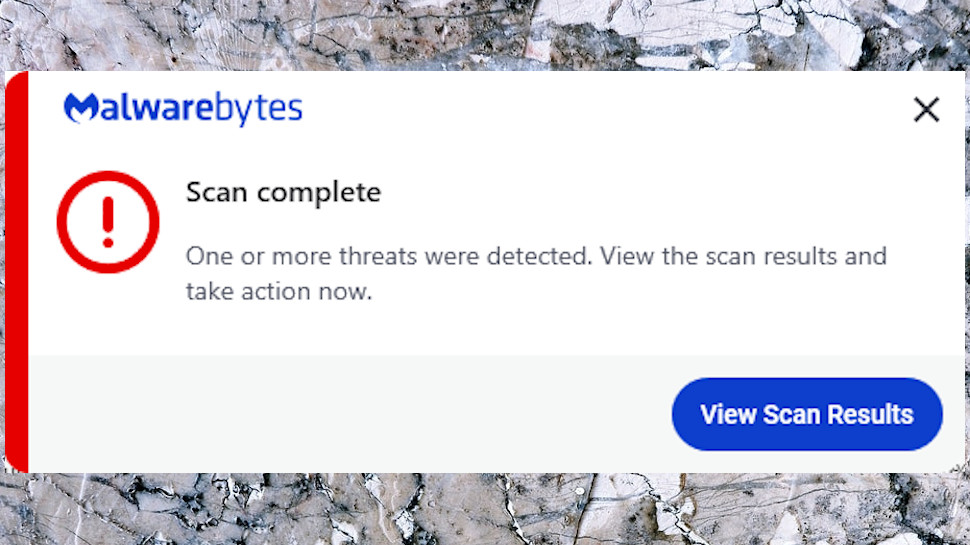
Malwarebytes Premium Plus: Malware protection
While the independent testing lab results are important, we also run our own tests to get a closer look at how each antivirus performs.
We attempted to download 100 brand new malware samples on our review laptop. Malwarebytes blocked a decent 90%, outperforming Norton’s 87%, but fractionally behind Avast and Bitdefender’s 94%.
We run a second test which attempts to exploit standard Windows tools to download malicious files. We’re looking to see whether an antivirus recognizes and blocks the exploit part of the attack, or allows the exploit and blocks the malicious file.
Malwarebytes showed very little sign of recognizing or blocking the exploits, which could leave it more exposed to new threats. But it also successfully blocked all the malicious files and URLs we tried, so we can’t complain about Malwarebytes’ protection throughout the tests.
Our third test pits an antivirus against our own custom ransomware simulator. This has never appeared in the wild, so no app can recognize it from the file signature alone, making this a good test of behavior monitoring.
Malwarebytes didn’t notice our simulator, unfortunately, and allowed it to encrypt more than 5GB of documents and files. Some big name vendors also have difficulty with this test: Avira didn’t detect our simulator, either, for instance; Avast spotted it initially, but one small change to the file and it went undetected. Norton stopped our ransomware, though it encrypted six files first. But our anti-ransomware king is Bitdefender, which immediately killed the simulator without losing a single file.
Overall, our tests and Malwarebytes’ occasional MRG Effitas results suggest the company has a decent mid-range antivirus engine which can compete with the best security vendors, at least in some areas. But we didn’t find it leading the way in any tests, and the reality is you can get better protection elsewhere.
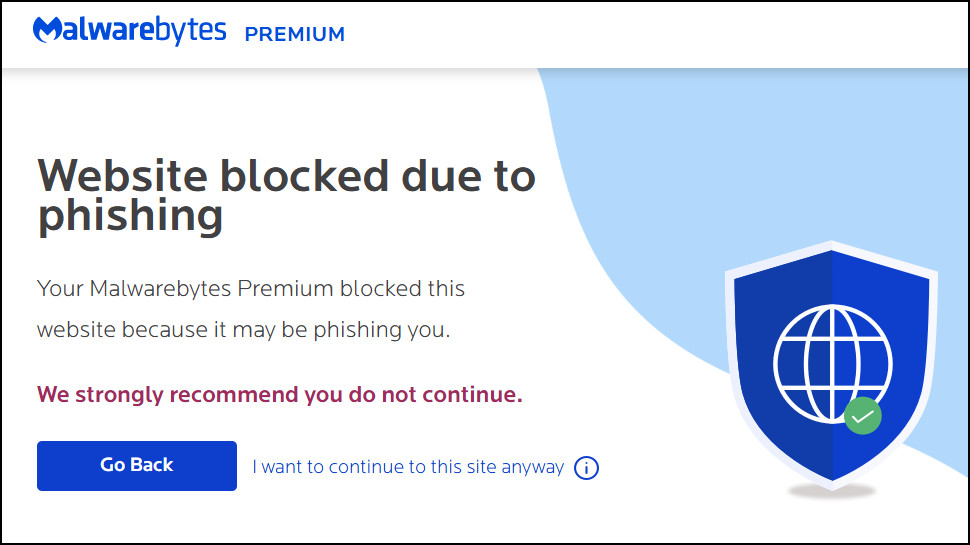
Malwarebytes Premium Plus: Anti-phishing
The best security apps don’t just block threats as they arrive: they prevent you accessing them in the first place. That’s why we’re very interested in an app’s ability to keep you safe from phishing and other malicious websites.
Malwarebytes blocks web dangers at the network level, allowing it to protect every browser and app you use. That’s a big improvement on some big name competitors. We found Bitdefender only fully protected the top browsers (Chrome, Firefox, Edge), for instance, while Norton 360 Deluxe requires you to install browser extensions.
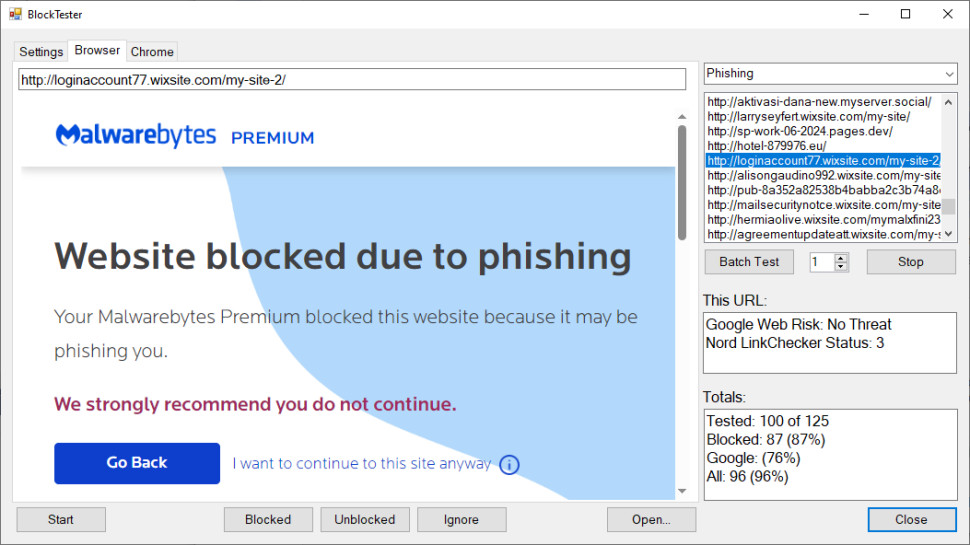
Malwarebytes isn’t included in AV-Comparatives’ anti-phishing test, so we ran an effectiveness test of our own, attempting to access 100 brand new phishing URLs on our review laptop. The results weren’t bad, with Malwarebytes blocking 87% of threats, but it still trailed a little behind Avast (93%), Norton (95%), Bitdefender (96%) and Avira (an amazing 100%.)
Although that’s mildly disappointing, Malwarebytes has a second line of protection in its Browser Guard browser extension for Chrome, Firefox, Edge and Safari. Not only does this block known malicious sites, it also eliminates ads and trackers, stops web-based malware such as crypto-currency miners, and can apparently analyse web pages to identify brand-new tech support scams.
(This is an impressive feature list, but Browser Guard is available for free, and you don’t have to buy Malwarebytes Premium Plus to install it on as many devices as you need.)
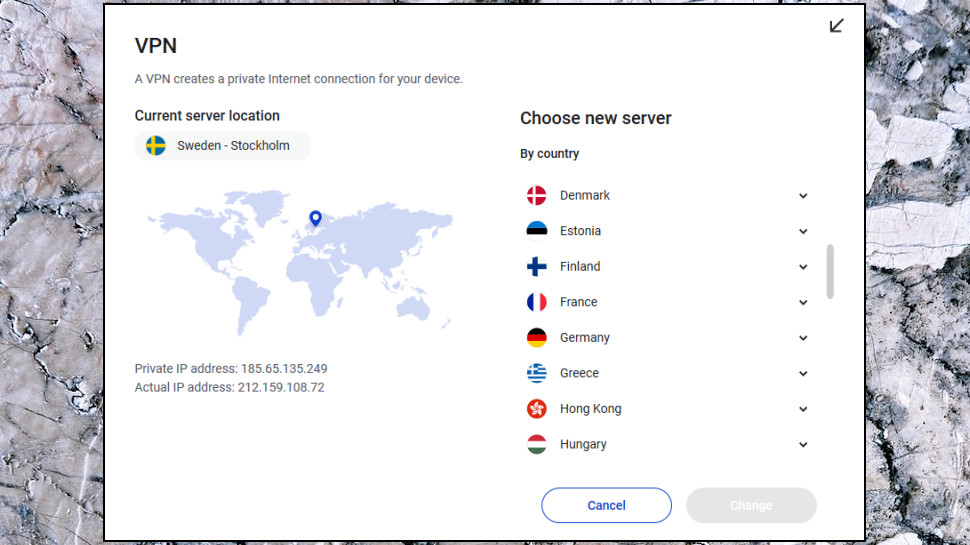
Malwarebytes Premium Plus: Privacy VPN
Malwarebytes Premium Plus includes a full-powered VPN to protect you on public Wi-Fi and help to hide your identity online, wherever you are.
The service uses Mullvad’s network underneath, good news as Mullvad is one the fastest and most privacy-focused VPNs around. There are issues, too - Mullvad’s network is a fairly average size at 44 countries (that’s 72nd place in our best VPN charts), and it’s extremely poor at unblocking Netflix and other streaming sites - but if it’s privacy you’re after, the service is one of the smarter choices.
The VPN is accessed directly from the main Malwarebytes dashboard. We found it always chose Sweden as its default location, a small inconvenience as we then had to choose our next location manually. But connection times were fast at around a second (some VPNs take five seconds or more.)
The location list is a little short on features. You can’t sort it, or search for specific locations; there’s no ping or load information to help you find the best option, and no favorites system to easily select frequently-used servers.
The Windows app doesn’t support common interface shortcuts, either. Connecting to our nearest UK server with ExpressVPN is as simple as double-clicking UK in its location list. With Malwarebytes, we must click ‘UK’, then manually choose a city, then click ‘Change’, then click ‘On.’
Still, while this might feel a little frustrating if you’re used to smarter apps, it’s not difficult to use. Even total privacy novices will understand the basics with only a minute or two of playing around, and be ready to protect themselves online.
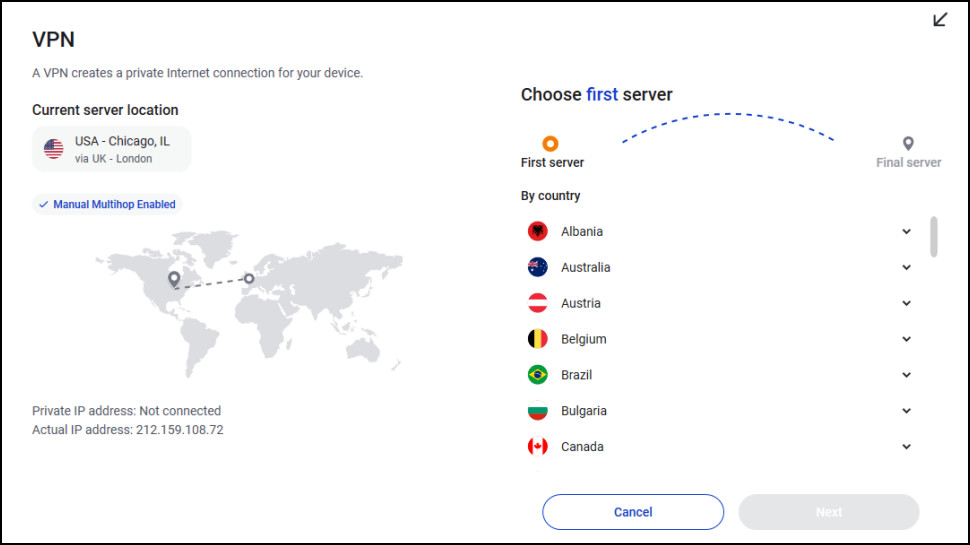
Malwarebytes Premium Plus: VPN Features
While the Malwarebytes app interface is limited, don’t be fooled: it has more features than some specialist VPNs.
The app can automatically connect when you access unsecured Wi-Fi, for instance. Split tunneling allows you to decide which apps (or IP addresses) have their traffic routed through the VPN, and which use your regular internet connection. And you can tell the app to use a custom DNS server, if you can think of a good reason to do that.
A very flexible multi-hop system allows you to route your traffic through any two Malwarebytes locations (you connect from Chicago to New York, Mullvad routes you to London, then on to your destination, for example ). That’ll slow you down a little, but it adds even more protection, as even if someone compromises the exit server, they still won’t be able to link traffic to you.
There’s no choice of protocol, unfortunately: Malwarebytes Privacy uses WireGuard only. But there are some low-level connection features, including the ability to choose your preferred tunnel driver or allow access to local network devices when the VPN is connected.
Put it all together and it’s an impressive feature list, with far more power than we usually see with a security suite VPN.
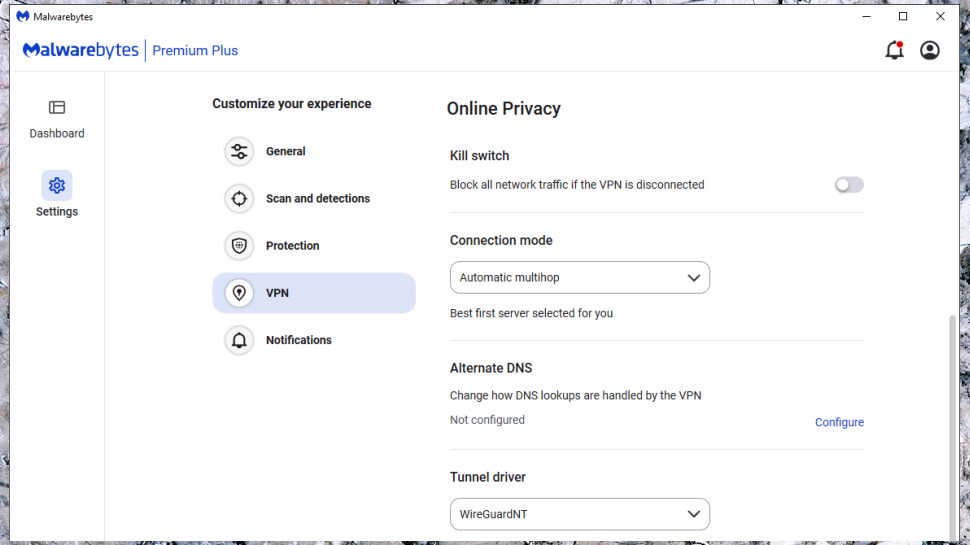
Malwarebytes Premium Plus: Kill switch
It’s good to see that Malwarebytes Privacy has a kill switch ready to step in if the VPN drops, ensuring your device can’t send traffic over an unprotected connection.
The bad news is this is the most aggressive type of kill switch. Turn it on, and you can’t access the internet at all, ever, unless the VPN is connected. That’s very secure, but if you only need to use the VPN occasionally - to protect yourself when using public Wi-Fi, say - then having to leave the VPN on all the time isn’t exactly convenient. We much prefer the gentler approach used by most other providers, where the kill switch blocks your internet if the VPN fails during a session, but if you turn the VPN off, you can use your regular connection as normal.
We had an odd technical issue on one review system, where the kill switch was so aggressive that even the VPN couldn’t connect when it was turned on. This might have been some odd quirk of our test laptop, but it’s not a problem we’ve had with other VPNs.
Switching to a second system got the Malwarebytes kill switch working, though, and our tests showed it performed very well. Whether we closed the VPN session manually, killed key Malwarebytes processed or just turned our router off and on again, it correctly blocked internet access until the VPN was up and running again.
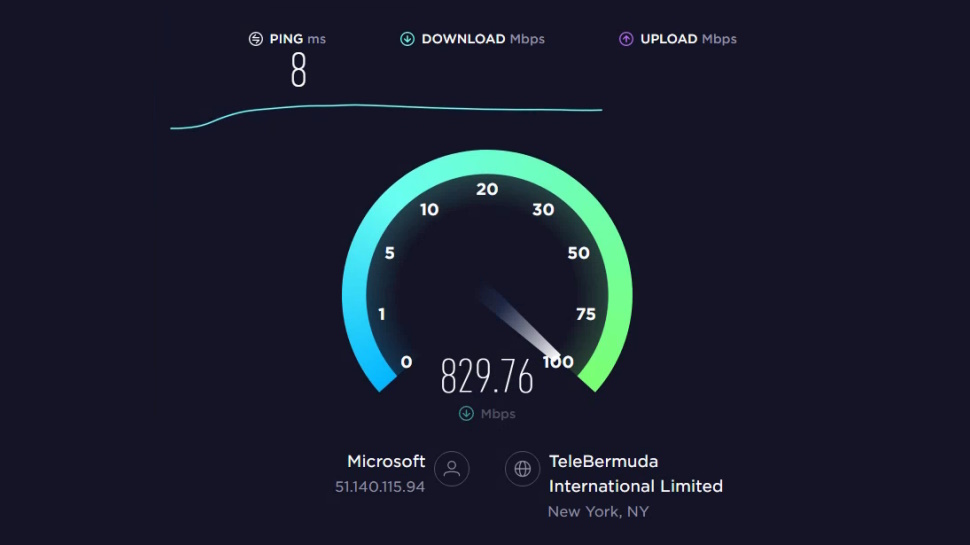
Malwarebytes Premium Plus: VPN Performance
Malwarebytes Privacy VPN uses Mullvad servers, and previous experience tells us they’re some of the fastest around. We tested the service on a fast 1Gbps connection, and the results were hugely impressive. Out of 10 SpeedTest checks, the median download speed was an excellent 920Mbps, and even the slowest was a still-speedy 225Mbps.
Mullvad’s servers aren’t so good at unblocking. In our last full tests, they got us into US Netflix and BBC iPlayer, but failed with Disney+, Amazon Prime, Netflix UK, Australia, Canada and Japan, and more. You might get lucky if you only need one or two streaming sites, but we wouldn’t bet on it.
There’s more to bypassing VPN detection than streaming sites. If you’ve used a VPN before you’ll know many sites spot this, get scared you’re a bot, and display annoying ‘click the tiles with a bicycle’-type CAPTCHAs. To test how well a VPN avoids this, we visit 11 sites which try very hard to detect VPNs and record what happens.
Malwarebytes did well, with two sites recognizing we were using a VPN but nine not raising any alerts. That outperforms even NordVPN, which was detected by four of our test sites, and suggests Malwarebytes can help maintain your online privacy without the browsing hassles you’ll see with lesser VPNs.
Malwarebytes Premium Plus: Final verdict
Who is Malwarebytes Premium Plus for? We’re not sure. If you’re mostly interested in low-cost antivirus, Avast Free gives you equivalent or perhaps slightly better protection at zero cost. But if you’re after power and features, the likes of Norton 360 Deluxe give you vastly more functionality (including a full VPN) for only a little cost.
We think the app could make a sensible upgrade if you’re a free Malwarebytes Anti-Malware user. You’re getting access to Mullvad’s excellent VPN network for less than if you’d gone direct to Mullvad, with essential real-time malware protection thrown in. But if you’re not already committed to Malwarebytes, you’ll get better protection and more features elsewhere.







